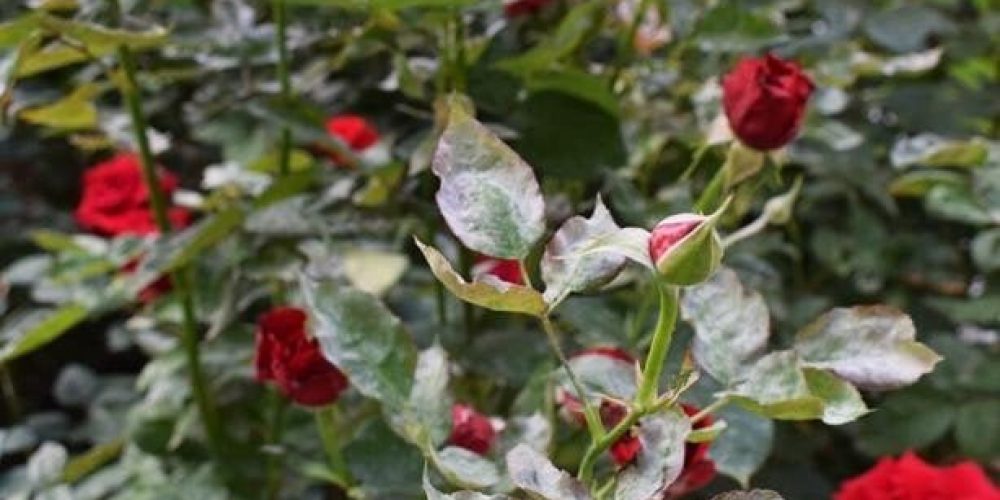Table of contents of the article
ToggleDowny mildew on roses is a fungal disease that affects rose plants, causing damage to leaves and flowers and reducing their quality. And in this article on your site botanist WORLD of PLANTS, we will discuss the causes of this disease, its symptoms, methods of prevention and treatment to preserve the health and beauty of the Rose.
Symptoms of downy mildew on roses
English name: Powdery Mildew
Scientific name: Podosphaera pannosa, Sphaerotheca pannosa
Type of disease: Fungal disease
The family: Erysiphaceae
Downy fungal blight appears on the Rose in the form of white or grayish-white downy growths on the leaves, stems and shoots. Infected leaves may deform, curl, and eventually turn yellow or brown; severe infections can lead to stunted growth, reduced flower quality, and premature leaf fall. And also fungal growth can cover the rose flowers, making them look deformed or fail to open properly.
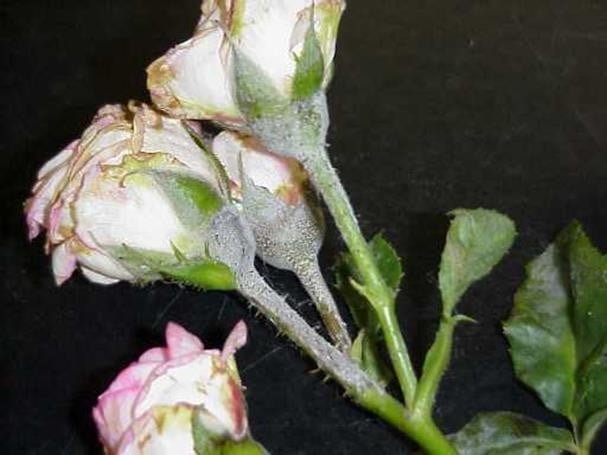
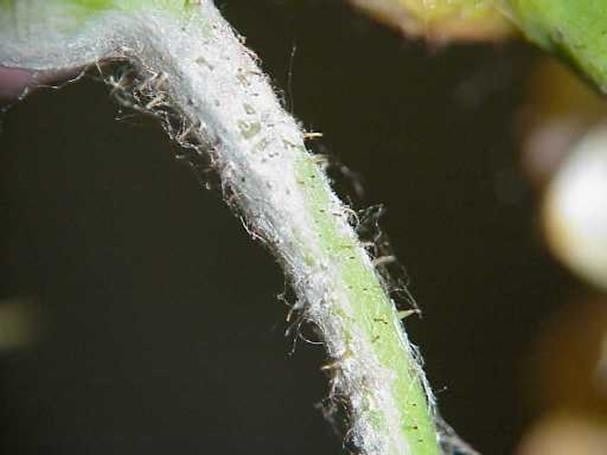
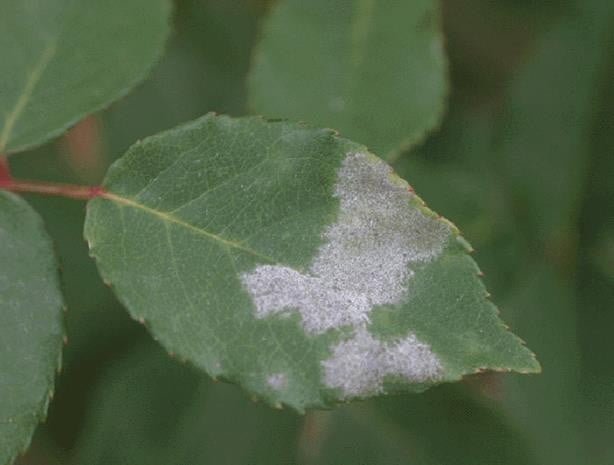

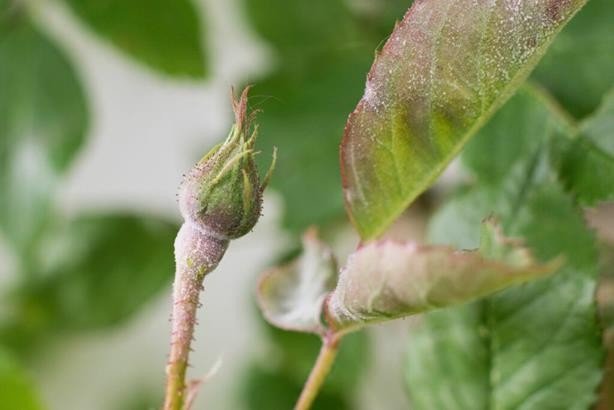
Causes of downy mildew on roses
Downy fungal blight on the Rose is caused by the fungi Podosphaera pannosa and Sphaerotheca pannosa.
Conditions of the spread of downy mildew on roses
Downy blight grows in warm and humid conditions with temperatures between 20 degrees Celsius and 27 degrees Celsius (68 degrees Fahrenheit and 80 degrees Fahrenheit) and high relative humidity. The fungus can be spread by wind, water spray or by physical contact with infected plant material.
The course of downy mildew on roses
- Downy blight fungi can pupate in the form of sleeping spinning or closed cuticles (fruiting structures) on Rose trunks, buds and plant residues
- In the spring, these structures release spores that can start new injuries on young delicate tissues.
- After that, the fungus produces additional spores (achondroplastic spores) that can spread the disease throughout the growing season.
Losses caused by downy mildew on roses
Severe downy blight infections can significantly reduce the aesthetic value and marketability of a rose, as well as weaken plants and make them more susceptible to other diseases and environmental stresses.
Strategy for combating downy mildew on roses
An integrated approach is recommended that includes agricultural practices, resistant varieties, and the application of fungicides to combat downy blight.
Preventive measures for downy mildew on roses
- Cultivation of resistant or tolerant rose varieties.
- Ensure good air flow.
- Avoid congestion.
- Removal and destruction of the remains of infected plants.
Organic / chemical control of downy mildew on roses
For organic control, apply baking soda, neem oil, or sulfur-based fungicides. Chemical fungicides containing active substances such as myclobutanil, triforine or tebuconazole can also be used according to the label instructions, alternating different classes of fungicides to prevent the development of resistance.
In conclusion, we would like to note that we, at the world of plants website, offer you all the necessary services in the world of plants, we provide all farmers and those interested in plants with three main services::-
- Artificial intelligence consulting service to help you identify diseases that affect plants and how to deal with them.
- Blog about plants, plant diseases and care of various crops ... You are currently browsing one of her articles right now.
- An application that provides agricultural consultations to clients, as well as a service for imaging diseases and knowing their treatment for free – Click to download the Android version from Google Play Store، Click to download the IOS version from the Apple App Store.




